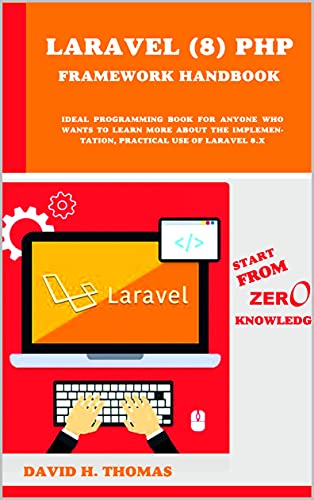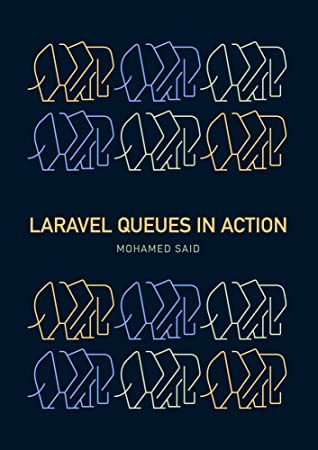Dowload this PDF book: Introduction to Relativistic Quantum Chemistry by Kenneth G. Dyall, Knut Faegri Jr
The general theory of quantum mechanics is now almost complete, the imperfections that still remain being in connection with the exact fitting of the theory with relativity ideas.
These give rise to difficulties only when high-speed particles are involved, and are therefore of no importance in the consideration of atomic and molecular structure and ordinary chemical reactions, in which it is indeed usually sufficiently accurate if one neglects relativity variation of mass with velocity and assumes only Coulomb forces between the various electrons and atomic nuclei.
The underlying physical laws necessary for the mathematical theory of a large part of physics and the whole of chemistry are thus completely known, and the difficulty is only that the exact application of these laws leads to equations that are too complicated to be soluble.
It therefore becomes desirable that approximate practical methods of applying quantum mechanics should be developed, which can lead to an explanation of the main features of complex atomic systems without too much computation.
The quote above from Paul Adrian Maurice Dirac (1929) has been somewhat of an article of faith for modern quantum chemistry.
Intensive efforts on the development of theory, algorithms, and techniques have made computational quantum chemistry a very successful representative of the “third way” in modern science—computer modeling has come into its own alongside experiment and theory.
Fifty years ago this was a branch of science where predictions were at best qualitative, founded on rather approximate models. Many of these models were quite sophisticated, and much of the insight gained is still valid and valuable, but the developments in both methods and computer hardware up to the present have very much transformed this field.
Today standard quantum chemical methods are capable of predicting results with chemical accuracy: reaction energies may be determined within a few kilojoules per mole, and spectral data within a few reciprocal centimeters. At least, this sort of reliability can be expected for “normal” areas of application.
This book provides an introduction to the essentials of relativistic effects in quantum chemistry, and a reference work that collects all the major developments in this field.
It is designed for the graduate student and the computational chemist with a good background in nonrelativistic theory. In addition to explaining the necessary theory in detail, at a level that the non-expert and the student should readily be able to follow, the book discusses the implementation of the theory and practicalities of its use in calculations.
After a brief introduction to classical relativity and electromagnetism, the Dirac equation is presented, and its symmetry, atomic solutions, and interpretation are explored.
Four-component molecular methods are then developed: self-consistent field theory and the use of basis sets, double-group and time-reversal symmetry, correlation methods, molecular properties, and an overview of relativistic density functional theory.
The emphases in this section are on the basics of relativistic theory and how relativistic theory differs from nonrelativistic theory. Approximate methods are treated next, starting with spin separation in the Dirac equation, and proceeding to the Foldy-Wouthuysen, Douglas-Kroll, and related transformations, Breit-Pauli and direct perturbation theory, regular approximations, matrix approximations, and pseudopotential and model potential methods.
For each of these approximations, one-electron operators and many-electron methods are developed, spin-free and spin-orbit operators are presented, and the calculation of electric and magnetic properties is discussed.
The treatment of spin-orbit effects with correlation rounds off the presentation of approximate methods. The book concludes with a discussion of the qualitative changes in the picture of structure and bonding that arise from the inclusion of relativity.
About the Author
Kenneth Dyall is a Senior Technical Writer for Schrodinger, Inc.. Knut Faegri is a Professor of Theoretical Chemistry at the University of Oslo.
About the book:
Publisher : Oxford University Press; Illustrated edition (April 19, 2007)
Language : English
Pages : 544
File : PDF, 15MB
Free Download the Book: Introduction to Relativistic Quantum Chemistry
PS: Share the link with your friends
If the Download link is not working, kindly drop a comment below, so we'll update the download link for you.
Happy downloading!








